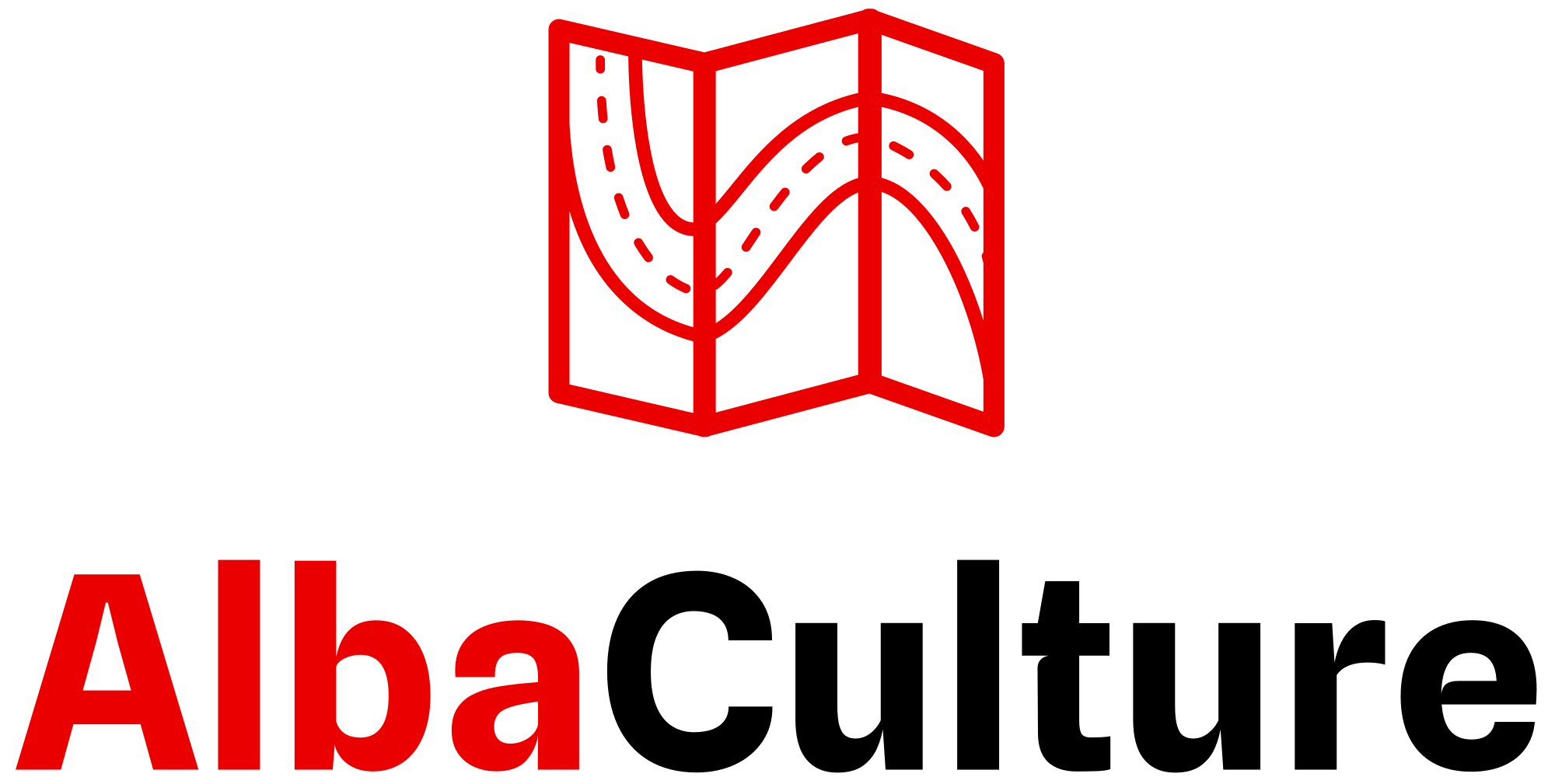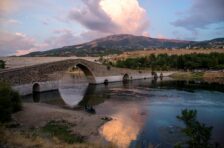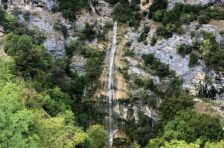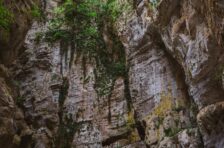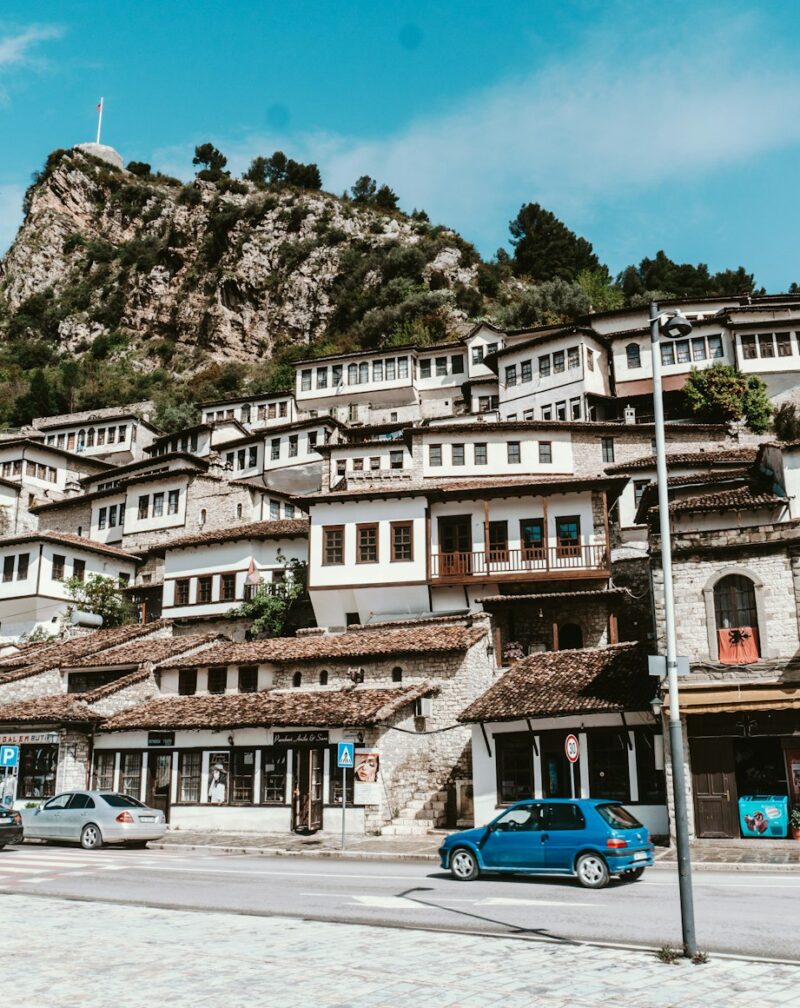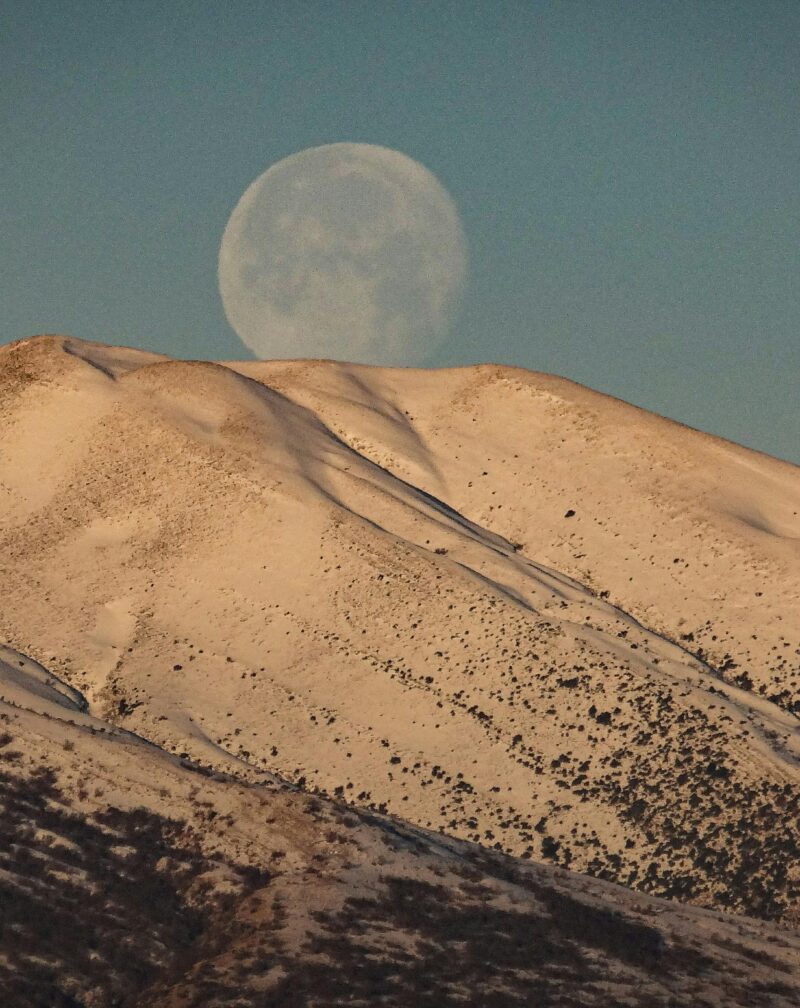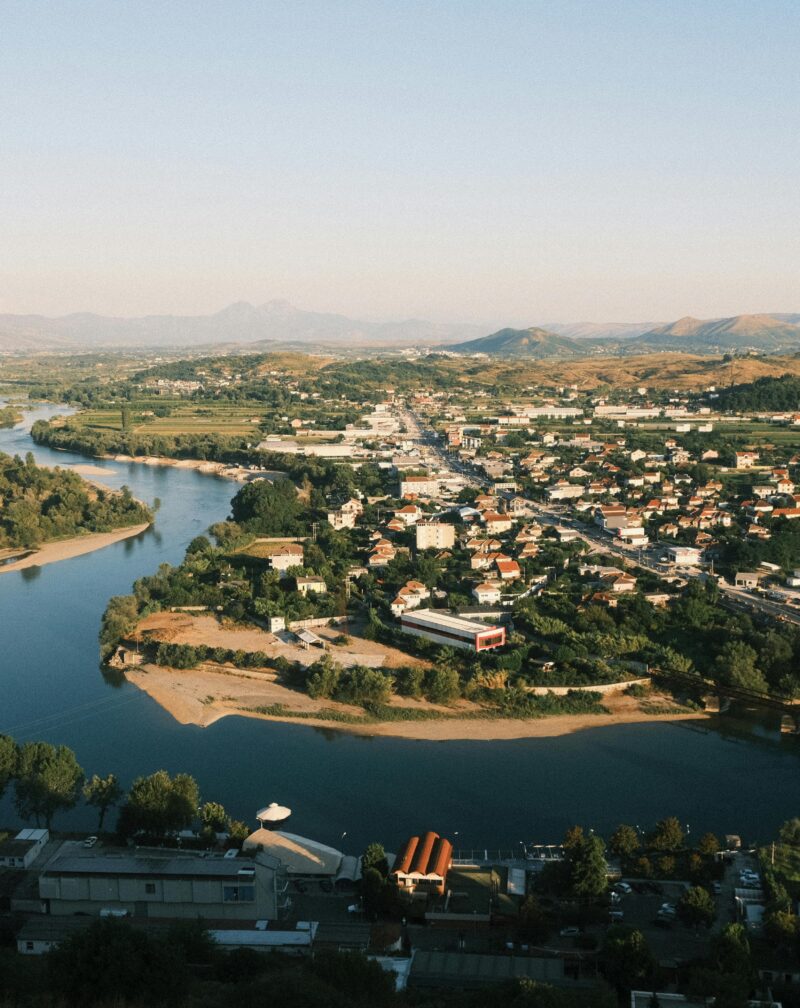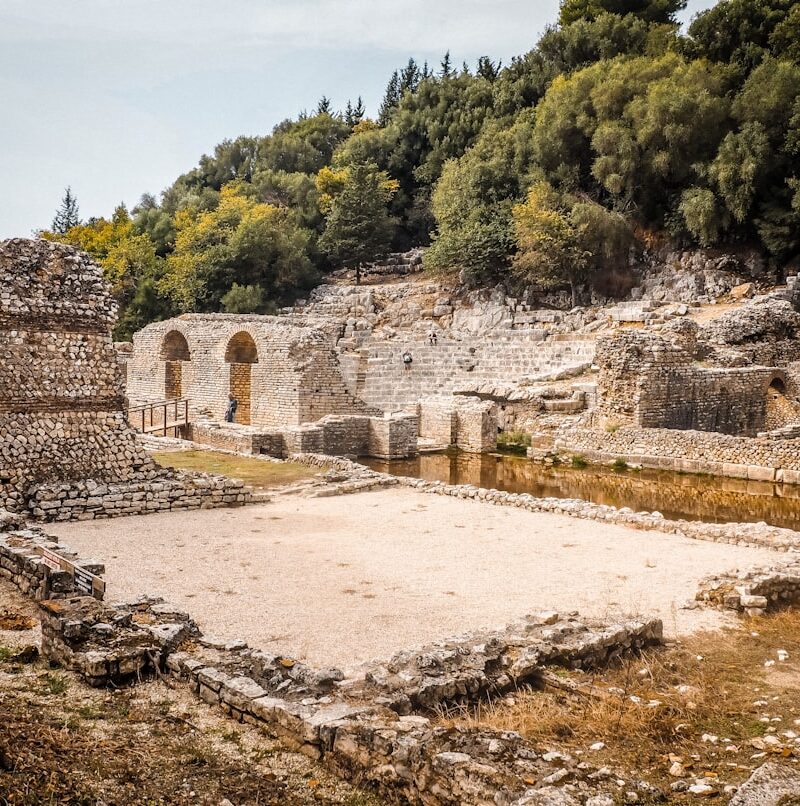Finding Your Perfect Time to Experience Albania
Albania works year-round, though that answer probably isn’t helpful if you’re trying to plan a specific trip. The truth is, the best time depends entirely on what you want to do and, honestly, how you feel about crowds and heat.
Spring: April to June
This might be my favorite season here, though I’m biased because I love wildflowers. The countryside absolutely explodes with color in late April and May. Temperatures sit comfortably in the 18-25°C range, which means you can walk around historical sites without melting.
The beaches aren’t crowded yet. Actually, they’re almost empty in April, though the water’s still pretty cold if you’re thinking about swimming. By late May, the Ionian Sea warms up enough that you won’t regret jumping in.
Spring also brings reasonable hotel prices. You’re not competing with the summer rush, so accommodation in popular spots like Saranda or Berat costs noticeably less. Some smaller guesthouses in villages might not be fully operational yet, but the main tourist infrastructure is definitely running.
One thing to watch: weather can be unpredictable in April. I’ve seen sunny days turn rainy within an hour. Pack layers and a rain jacket, even if the forecast looks perfect.
Summer: July to August
Peak season. Everyone knows it, and everyone still comes anyway because the weather is genuinely fantastic for beach holidays. Temperatures push 30-35°C regularly, sometimes higher along the coast.
The Albanian Riviera absolutely buzzes during these months. Ksamil beaches get packed, especially on weekends. If you want that classic Mediterranean summer experience with beach bars, swimming, and warm evening strolls, this is your window.
But here’s the thing about summer in Albania’s interior: it gets hot. Walking around Berat Castle or climbing to Gjirokastër’s fortress at 2 PM in August? You’ll be questioning your life choices. Start early, take a long lunch break, and resume activities around 5 PM.
Prices jump during summer. Hotels, especially on the coast, charge summer rates that can be double or triple their winter prices. Popular restaurants get crowded. UNESCO sites see tour buses. It’s not overwhelming like some Mediterranean destinations, but you’ll definitely notice more people.
June works as a compromise. Still warm enough for beaches, but slightly fewer crowds and marginally better prices.
Autumn: September to November
September rivals May as potentially the best month. The sea is at its warmest after months of summer sun. Temperatures drop to comfortable levels for touring. Crowds thin out immediately after mid-September when European school holidays end.
This is harvesting season. Vineyards buzz with activity. If you’re interested in wine or agricultural tourism, autumn gives you front-row seats to grape picking, olive harvesting, and traditional food preservation. Some families still make wine the old way, stomping grapes in wooden barrels.
October brings beautiful light. Photographers love this month for the warm golden tones, especially in mountainous regions where autumn colors appear. Temperatures range from 15-23°C, perfect for hiking or exploring ancient sites.
By November, rain becomes more frequent. The coast stays relatively mild, but mountain areas can see early snow. Some coastal hotels and restaurants close for this season. This doesn’t mean you can’t visit, just that options become more limited.
Winter: December to March
Albania’s least touristy season. Coastal areas stay surprisingly mild, rarely dropping below 10°C, though it rains fairly often. The interior gets cold, especially in mountain regions where snow is common.
Winter appeals to specific travelers. If you want to experience Albanian cities without any tourists, this is your chance. Tirana, Shkodër, and Korçë maintain their daily life completely independent of tourism. You see real Albania, not the version that exists for visitors.
Christmas and New Year bring different energy to cities. Albanians celebrate enthusiastically, though not always in the traditional religious sense given the country’s communist past. Expect lights, decorations, and festive markets in larger towns.
Beach destinations essentially shut down. Saranda stays partially operational, but Ksamil, Himara, and smaller coastal villages become ghost towns. If you’re not interested in beaches, this doesn’t matter. If beaches are your main reason for visiting, skip winter entirely.
Special Considerations
Religious holidays affect travel, though perhaps less than in neighboring countries. Albania is majority Muslim but also has significant Catholic and Orthodox populations, plus the unique Bektashi community. Ramadan sees some restaurants closed during the day, though tourist areas generally stay operational. Orthodox Easter (which follows a different calendar than Catholic Easter) is celebrated enthusiastically, particularly in southern regions.
Shoulder seasons (April-May and September-October) probably offer the best overall value. Weather cooperates most of the time, prices stay reasonable, and you avoid the summer crush without sacrificing too much warmth.
That said, I’ve met travelers who loved visiting in February specifically because they had Butrint’s ancient ruins completely to themselves. There’s something to be said for that kind of solitude, even if it means bringing an umbrella.



